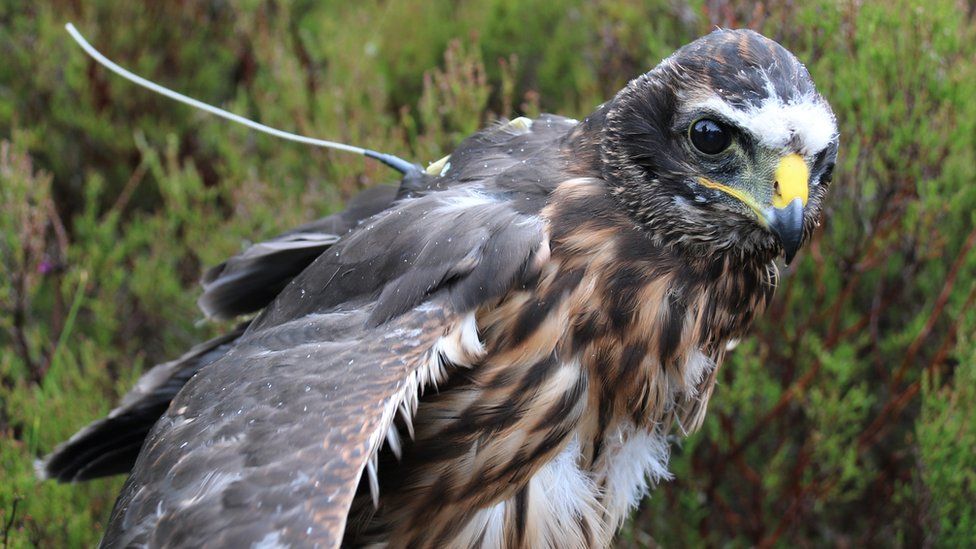Birds of prey are a cornerstone of the upland ecosystem, playing an important role in maintaining the balance of nature. Like all wild birds, they are protected under the Wildlife & Countryside Act 1981, making it a criminal offence to intentionally kill, injure or take any bird of prey, or disturb their nests or eggs. Despite this, there is strong evidence that illegal persecution is a major factor in the disappearance of hen harriers and other birds of prey from grouse moors.
Conflicts between raptors and red grouse drive this persecution, as bird of prey populations can impact the viability of grouse shooting. Incidents of trapping, poisoning, shooting and suspicious disappearance of birds of prey on upland shooting estates are disturbingly prevalent, with the National Wildlife Crime Unit stating that “intelligence continues to indicate a strong association between raptor persecution and grouse moor management.”

The impact of bird of prey persecution is significant. Wildlife crime poses a substantial threat to biodiversity, and the consequences on upland bird of prey populations are profound. Notably, one study by the Joint Nature Conservation Committee (JNCC) found that the breeding success of hen harriers was significantly lower on grouse moors compared to other habitats and that illegal persecution was the main reason for the decline of hen harrier populations on grouse moors. In another study, the RSPB conducted satellite tagging of hen harriers on grouse moors between 2014 and 2020, which aimed to investigate the movements and survival of hen harriers, as well as to identify any factors that may be contributing to their decline. The study concluded that illegal killing is the main cause of death for older birds, accounting for up to 75% of deaths each year in birds between one and two years old, and is also a major cause of deaths in birds under one. These findings mirror those of an earlier study performed by Natural England, which also recognised the threat to hen harriers posed by illegal persecution.
However, the effectiveness of the law aimed at preventing bird of prey persecution on grouse moors has been the subject of much debate. Whilst there have been some successes in prosecuting individuals for illegal persecution, the current laws and enforcement mechanisms are not sufficient to secure prosecutions in a significant number of cases or deter illegal activity and protect birds of prey. Proving illegal killings is challenging, and wildlife protection laws often yield limited results. Grouse moor owners and managers are often not held accountable for prosecution occurring on their land, creating a culture of impunity that enables wildlife crime to persist. This lack of enforcement and accountability undermines the conservation of birds of prey strongly supported by the public and intended by existing legislation.